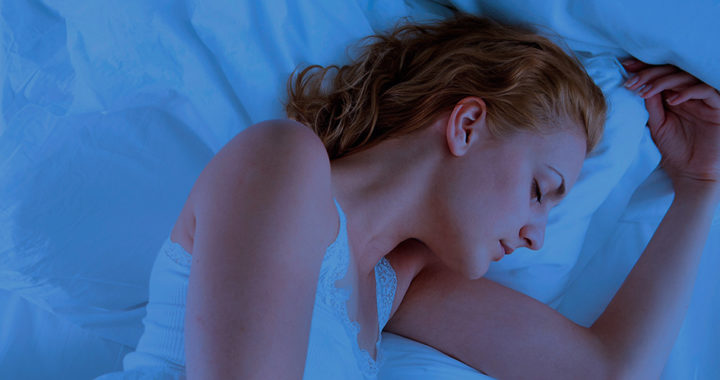A sleeping mask is a marketing term for a specific category of topical skincare products applied on the face during nighttime or before sleeping. Hence, it is meant to be left on overnight while the user is asleep. It is also worth mentioning that the purpose of sleeping masks differ depending on the marketed benefits and the specifics of the formulation or the actives used.
Understanding Sleeping Mask: What are the Similarities and Differences Between Sleeping Mask, Serums, and Creams?
Originating in the skincare industry of South Korea and included in the so-called Korean skincare routine, this product category has some similarities with face serums and face creams, thus sitting in the middle of the two when it comes to its purpose, uses, and benefits.
A specific similarity with face serums is that these leave-on overnight face care products tend to have a higher concentration of active ingredients. On the other hand, when compared to night creams, they generally have moisturizing properties.
However, unlike serums, sleeping masks have multiple benefits depending on their formulation. And unlike night creams or face lotions that could be used and applied every night, their recommended usage is twice to thrice a week.
Other differences between sleeping masks and serums, as well as between these masks and creams, are texture and consistency. They are heavier than serums but lighter than creams. Some formulations are water-based or gel-based, while others are cream-based.
Purpose, Uses, and Benefits of Sleeping Mask: Why Use One? When to Use this Product? How to Use It?
The general purpose of a sleeping mask in skin care is to serve as an “emergency treatment” to address specific issues or concerns such as dry and dull skin. Because they have considerably higher levels of active ingredients than night creams, they are more potent.
Of course, depending on the particular product and its formulation or purported claims, the specific uses or applications, as well as benefits of sleeping masks, vary. Some uses include intensive hydration, acne treatment, and immediate brightening.
Hydrating variants typically include glycerin, hyaluronic acid, or other moisturizing actives. For spot treatment against acne, ingredients can include retinol or salicylic acid. Brightening variants include niacinamide, Vitamin C, kojic acid, or papain extract.
Remember that these products are overnight boosters. Most variants help the skin recover overnight and give the user a well-rested appearance the next morning. Others are intended for the medium-term treatment of specific skin problems.
Below are the generally recommended instructions and precautions for using this product:
• Use at the last step of a preferred nighttime skincare routine. Specifically, use after cleansing and applying other face care products such as face toners.
• Apply a relatively generous amount all over the face. Make sure to spread the product evenly and cover all areas while avoiding the eye.
• Some recommend skipping night creams or serums when using a leave-on mask because of redundancy or ingredient incompatibility.
• Note that most brands instruct users to wash off the product first thing in the morning or immediately after waking up.
• Use twice or thrice a week depending on the needs. Do not use it every night because the higher concentration of active ingredients can irritate sensitive skin.





